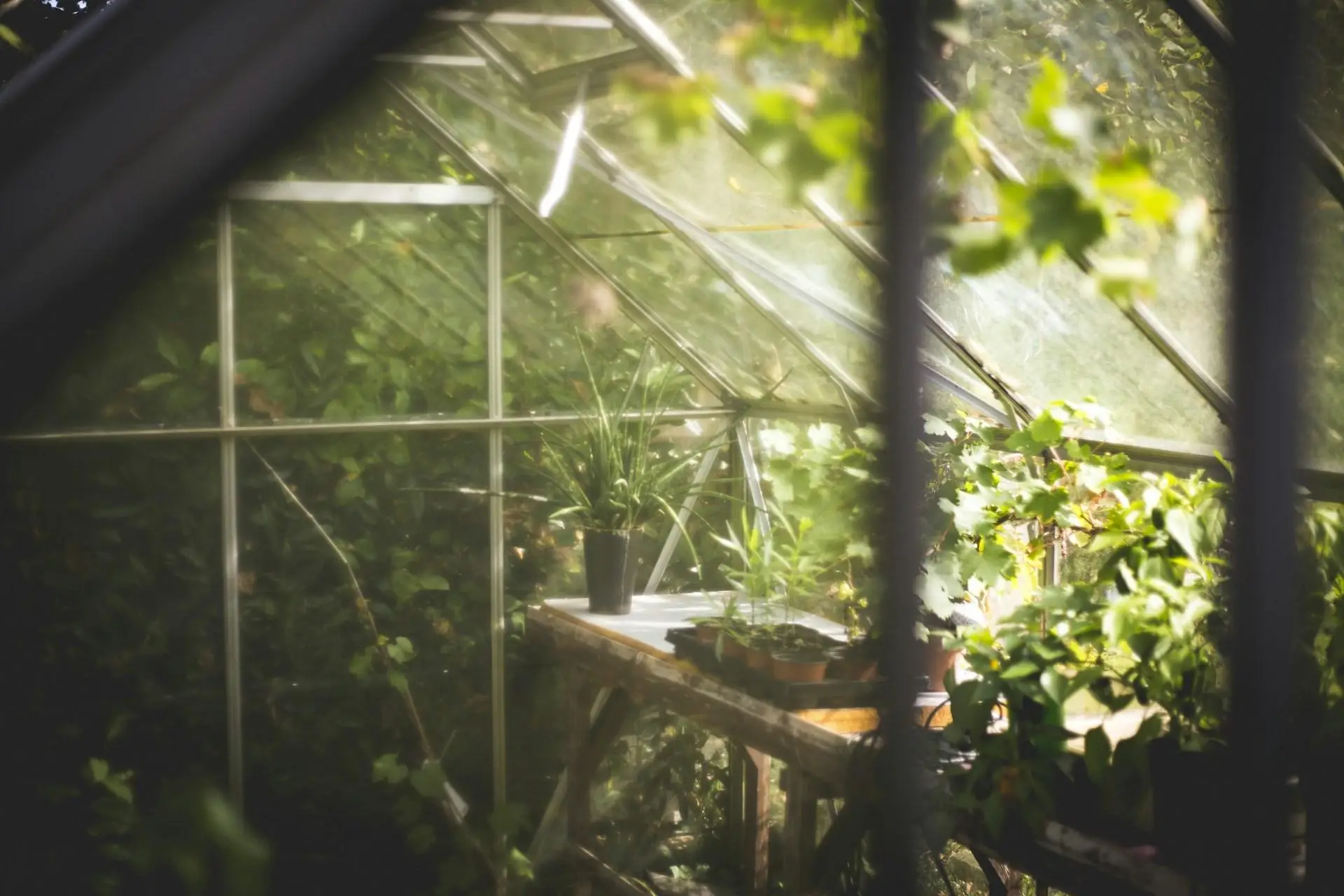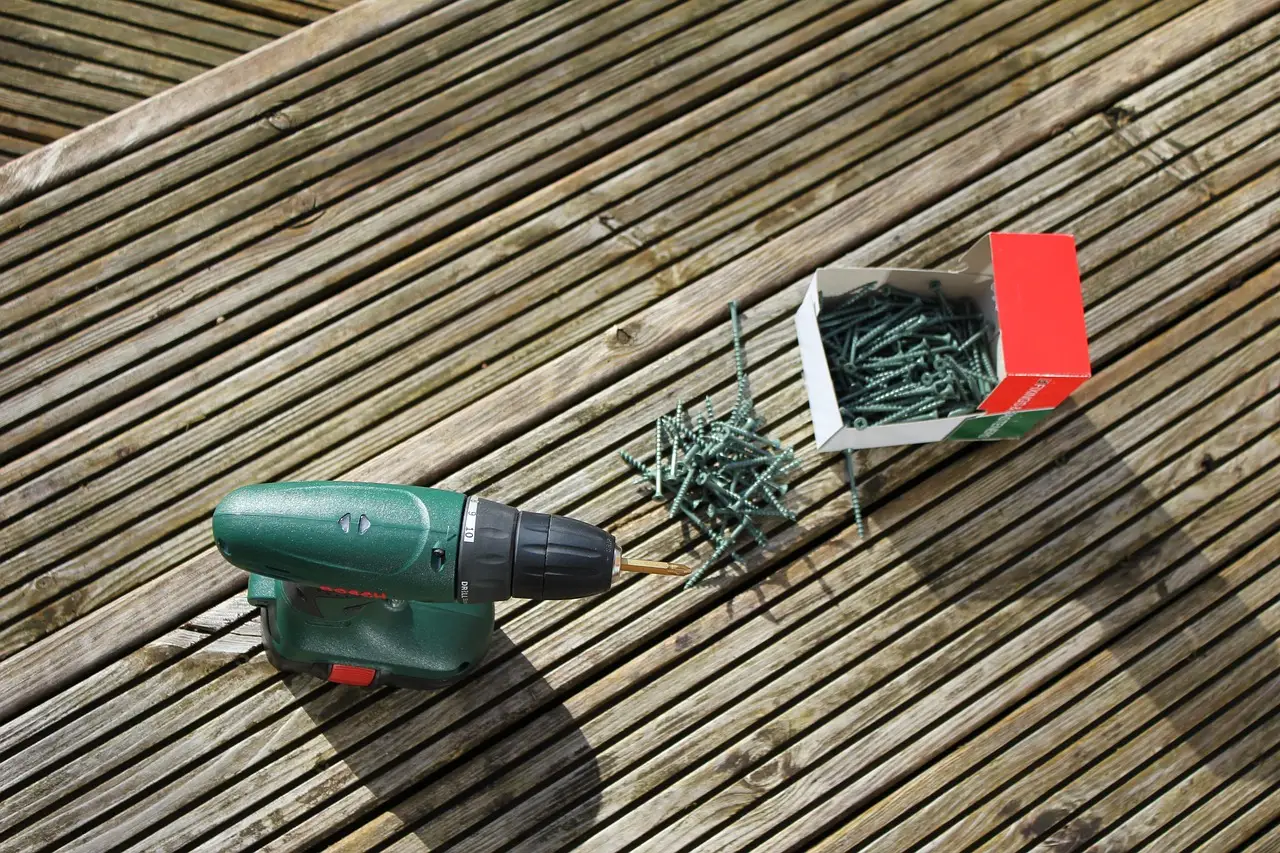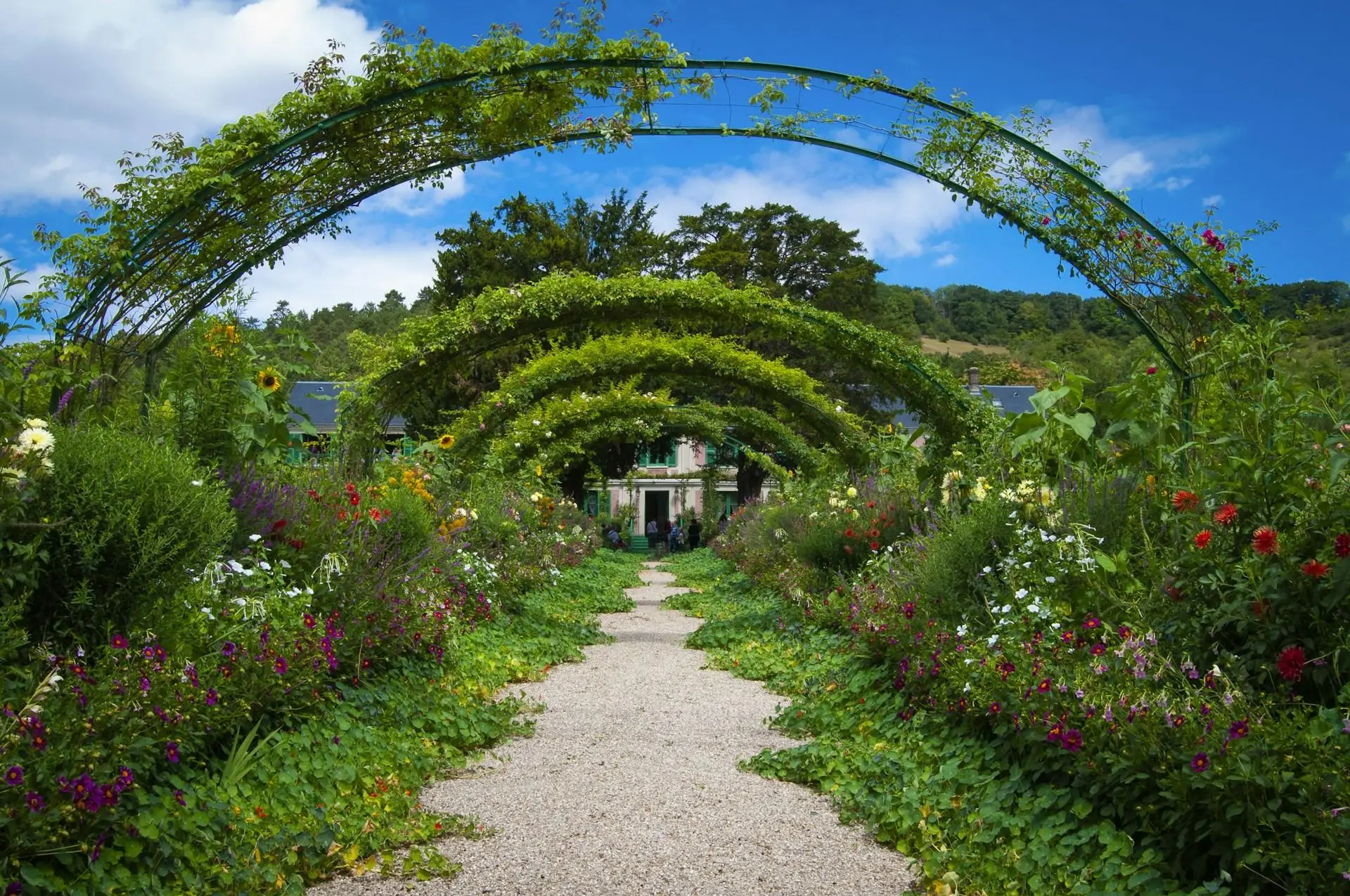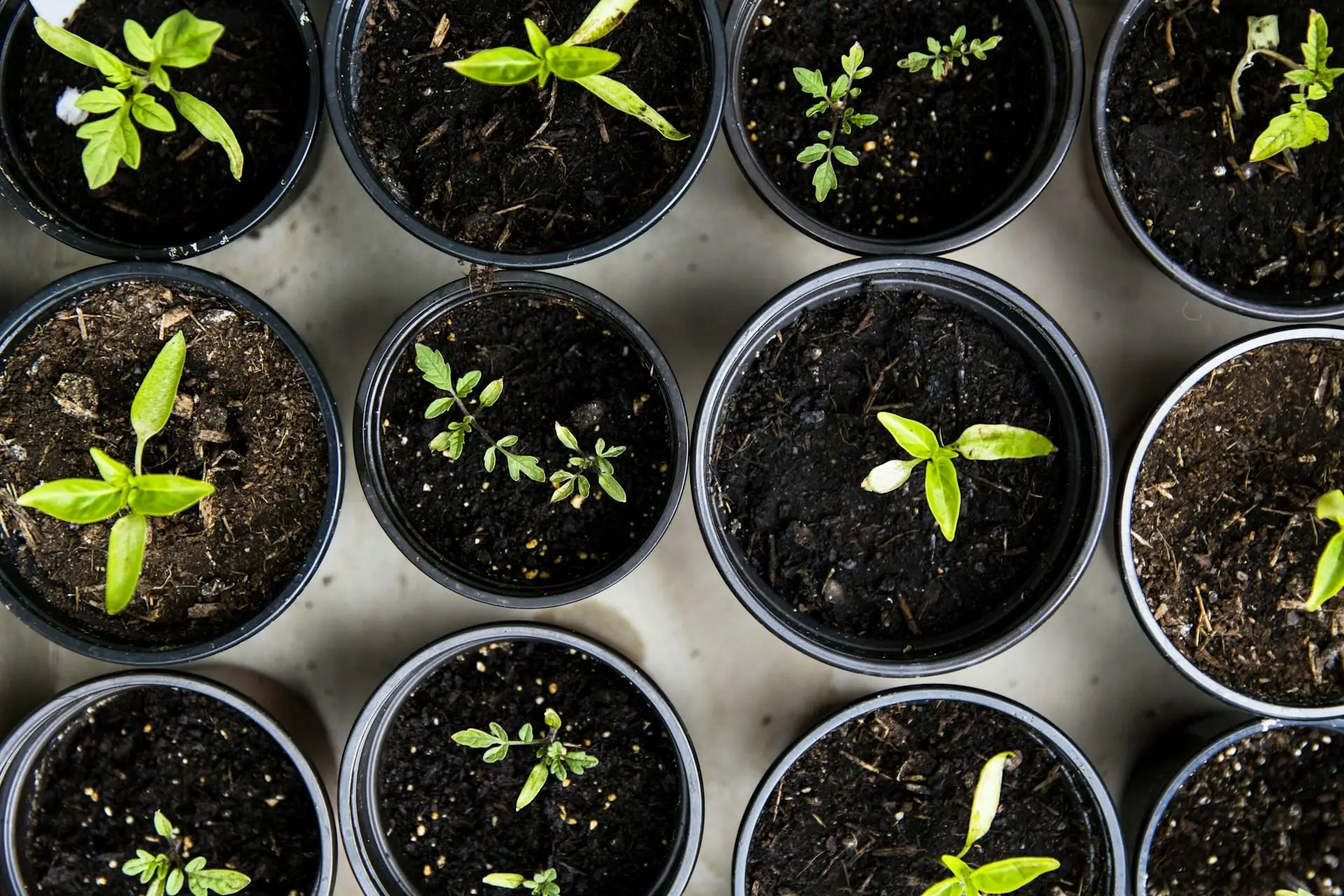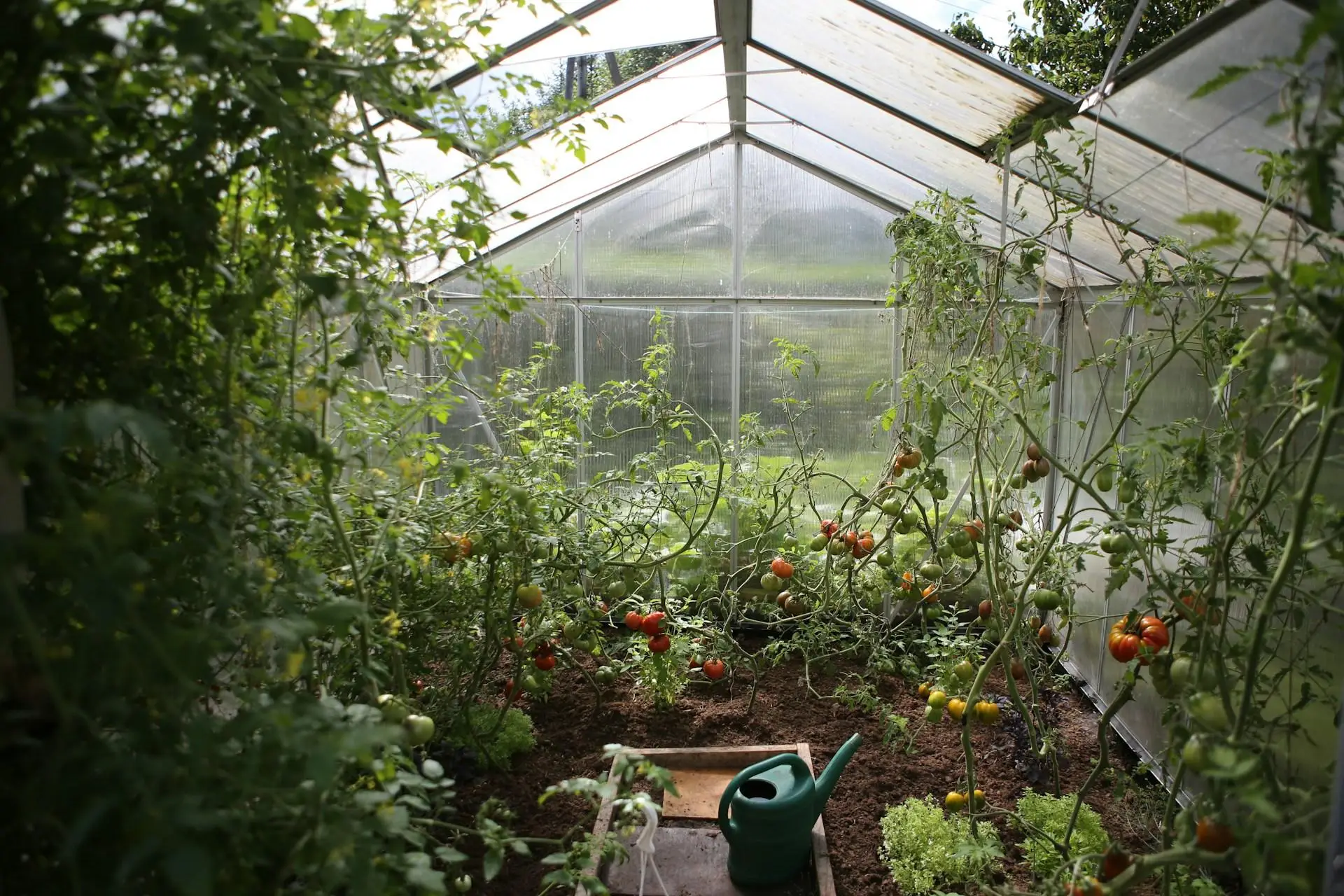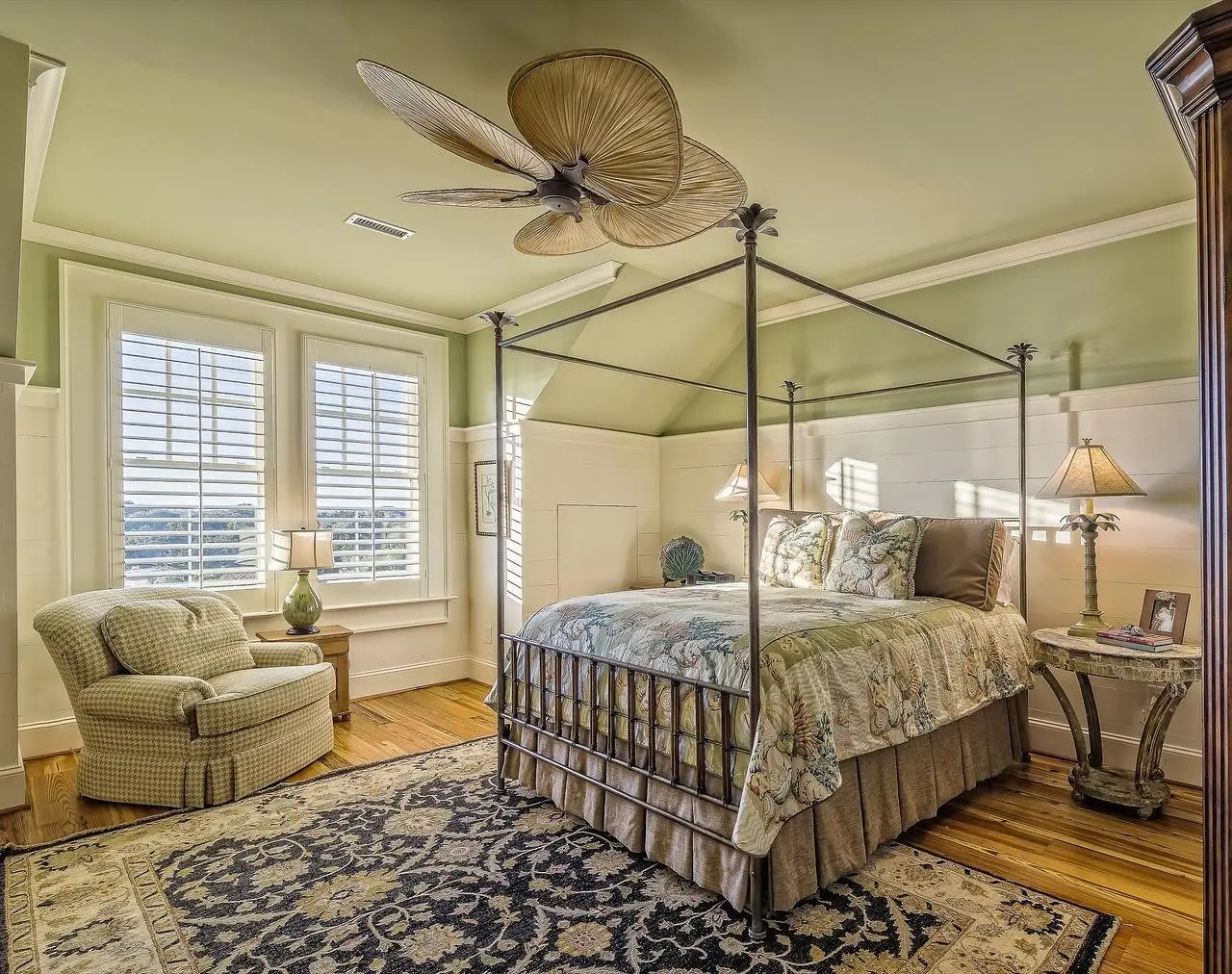Creating a Serene Garden Getaway: Simple Steps
A relaxing outdoor space holds immense value in today's hectic world. It serves not only as a retreat from the bustle of daily life but also as a sanctuary for reflection and rejuvenation. A garden retreat can be a simple yet effective solution to escape into nature without leaving home. By incorporating thoughtful "Garden & Patio Ideas," one can transform their outdoor area into a calming oasis tailored to personal tastes and lifestyle.
Evaluating Your Outdoor Space
Before embarking on the journey of creating a tranquil garden retreat, it is essential to assess the available area effectively. First, measuring the dimensions of your garden or patio provides a clear understanding of the space to work with. This includes taking note of sun and shade patterns throughout the day, which will influence plant selection and seating arrangements.
Understanding the environment is equally important. Does the soil have good drainage? Is it acidic or alkaline? Assessing the local climate—such as the frequency of rain or sun exposure during different seasons—will also shape the decisions made later. Factors like these form the foundation upon which the rest of the garden design will be built.
Crafting Your Vision for Relaxation
Once the space has been thoroughly evaluated, the next step is defining a personal vision for the retreat. Choosing a theme can significantly influence the overall atmosphere of the garden. One might prefer a natural design, where wildflowers and native plants abound, or a more structured layout featuring ornamental shrubs and neatly trimmed grass.
Additionally, colors play a pivotal role in establishing ambiance. Soft hues like greens and blues evoke feelings of tranquility, while warm colors can generate energy. Incorporating materials like natural wood, stone, or even decorative metal can enhance the theme and bring a cohesive look to the space.
Selecting Plants That Inspire Calmness
Plants are the backbone of any garden retreat, and selecting the right ones can truly set the tone for relaxation. Aromatic herbs such as lavender and rosemary not only look beautiful but also provide soothing scents that can elevate the experience. Edible plants, like strawberries and tomatoes, offer both visual appeal and a sense of accomplishment when harvested.
Incorporating colors that are known for their calming effects can amplify the serene atmosphere. For instance, shades of blue and white are associated with tranquility, while lush foliage can promote a sense of abundance. Arranging plants in a harmonious manner—considering height, color, and texture—will create visual interest and facilitate relaxation.
Designing Functional Spaces for Comfort
Creating functional areas within the garden is crucial for maximizing enjoyment. Comfortable seating options, such as unique benches, hammocks, or outdoor cushions, should be strategically placed to offer optimal views. It is wise to consider privacy—positioning seating away from busy sidewalks or neighbors can enhance the feeling of seclusion.
Pathways serve as integral components of garden design, guiding individuals through the retreat. Materials like stone, gravel, or wood can be utilized to create charming walkways that connect different areas. These pathways can lead to focal points—perhaps a beautiful fountain or a captivating piece of art—that invite visitors to linger and enjoy the space.
Introducing Elements of Serenity
To truly create a serene environment, adding elements that promote relaxation is essential. Water features are particularly effective; the soothing sounds of trickling water from fountains or ponds can help drown out background noise, creating a more meditative atmosphere. Careful layout considerations ensure these features are visible from seating areas, allowing their calming presence to be fully appreciated.
Lighting is another important aspect of garden design. Utilizing ambient lighting options like fairy lights or lanterns can transform the space into a cozy retreat come evening. Thoughtful placement of lights along pathways and near seating areas creates a magical nighttime ambiance, inviting relaxation under the stars.
Personalizing Your Garden Retreat
Personal touches can elevate a simple garden retreat into a unique sanctuary. Artistic elements such as garden sculptures, decorative wind chimes, or small art installations add character and may serve as conversation starters. DIY projects can encourage creativity and produce lasting memories—crafting personalized planters or painted garden signs can reflect individual expression.
Furthermore, engaging the senses solidifies the connection to the space. Incorporating fragrant plants, a dedicated herb bed, or varied textures—like soft grasses and rough stones—can create a tactile experience that reaches beyond mere visuals. This multi-sensory approach enhances relaxation and personal significance within the garden.
In summary, designing a relaxing garden retreat involves several thoughtful steps, each one building upon the last to create a harmonious outdoor experience. By evaluating available space, defining a personal vision, selecting calming plants, and incorporating various design elements, one can cultivate an environment that promotes mental well-being and relaxation. Explore the limitless possibilities with creative "Garden & Patio Ideas" to personalize each aspect of the space, ensuring that it truly becomes an oasis of peace and tranquility. Embrace the art of garden design, and watch as your outdoor area transforms into a cherished retreat.

